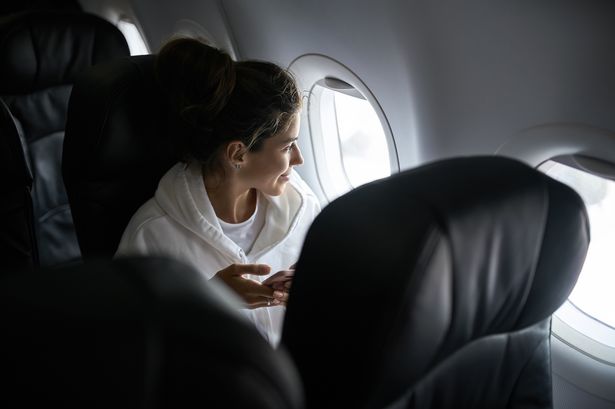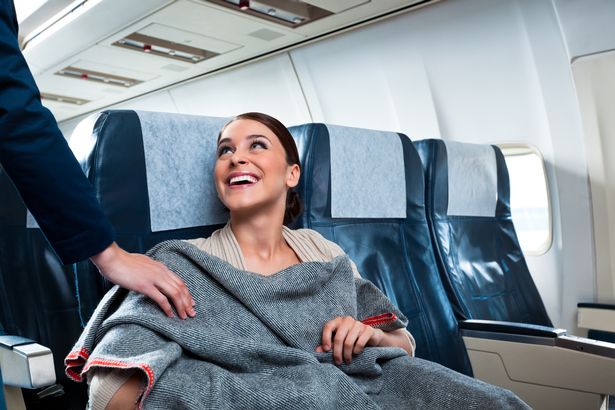Frequent flyers know to bring an extra layer on board an airplane. But cooler cabin temperatures, while somewhat inconvenient, actually benefit passengers, ensuring they have a more pleasant journey.
Aeroplanes are notorious for being quite chilly, and the complementary blanket on long-haul flights does not always help. But there is a reason the temperature in the cabin is kept cool, according to flight attendants.
Senior international cabin crew member and the creator of A Fly Guy’s Cabin Crew Lounge, Jay Robert, shared the reason behind cabin temperature, and it’s more complex than you may have expected. According to Robert, the cool mercury is not necessarily a bad thing either, and may end up benefiting your flight experience..
Speaking to UniLad Tech in 2024, Robert explained the mechanics of a plane’s air conditioning system. “When the plane is at the gate, it’s cooled using an external air conditioning system. Once in the air, the aircraft relies on its internal cooling system, powered by the engines,” he clarifies.
READ MORE: Real reason cabin crew welcome you on planes – it’s nothing to do with manners
Robert went on to explain that flight attendants have limited capacity to adjust the plane’s thermostat through their cabin control system. Rather it is the plane’s pilots that are in charge of the main thermostat and any significant changes to temperature are their call.
Taylor Garland, spokesperson for the Association of Flight Attendants, said that airplane cabins are divided into zones for temperature control. But that the process of temperature control on a plane is an “imperfect science”.
Garland explained: “If a zone is large and/or the temperature sensor is near a source of heat – just like if the thermostat at home is near a heating vent – then the system will think that the cabin is warmer than it is.”
Robert suggested that cool temperatures should not be avoided though, as they can be beneficial to passengers’ health and safety. In recalling working on a large aircraft carrying over 600 passengers, Robert said he had to regularly check that the temperature did not go above 73°F (23C).
He explained that he had to keep a close watch on the temperature because passengers are more likely to faint if temperatures exceed 75°F (24C). Colder air helps counteract the effects of the cabin’s dry, pressurised environment, which can contribute to dehydration and dizziness.
There is also one sequential benefit of cool air on planes: a pleasant-smelling cabin. According to Robert, warmer cabins “smell funkier” because heat energises odour-causing molecules, resulting in bad smells building up quicker.
That said, many people find themselves feeling sick after flying. This is likely because of the close proximity to other passengers and the cold temperature can make some travellers particularly uncomfortable, especially with an air conditioning unit above their heads.
If you are hoping to avoid a cold, travel expert Yasmin Peckel has provided key tips for picking the perfect seat. She has warned against picking the aisle seat.
“Research indicates that those seated in the aisle are more at risk of catching germs, as you’ll come into contact with a far greater number of people during your flight. If you’re concerned about catching something, it’s a sensible idea to choose a window seat instead,! Peckel explains.
She continues: “Aeroplane air is usually circulated through hospital grade filters, designed to contain and remove bacteria. This means that germs are unlikely to be directly transmitted beyond a meter.”


